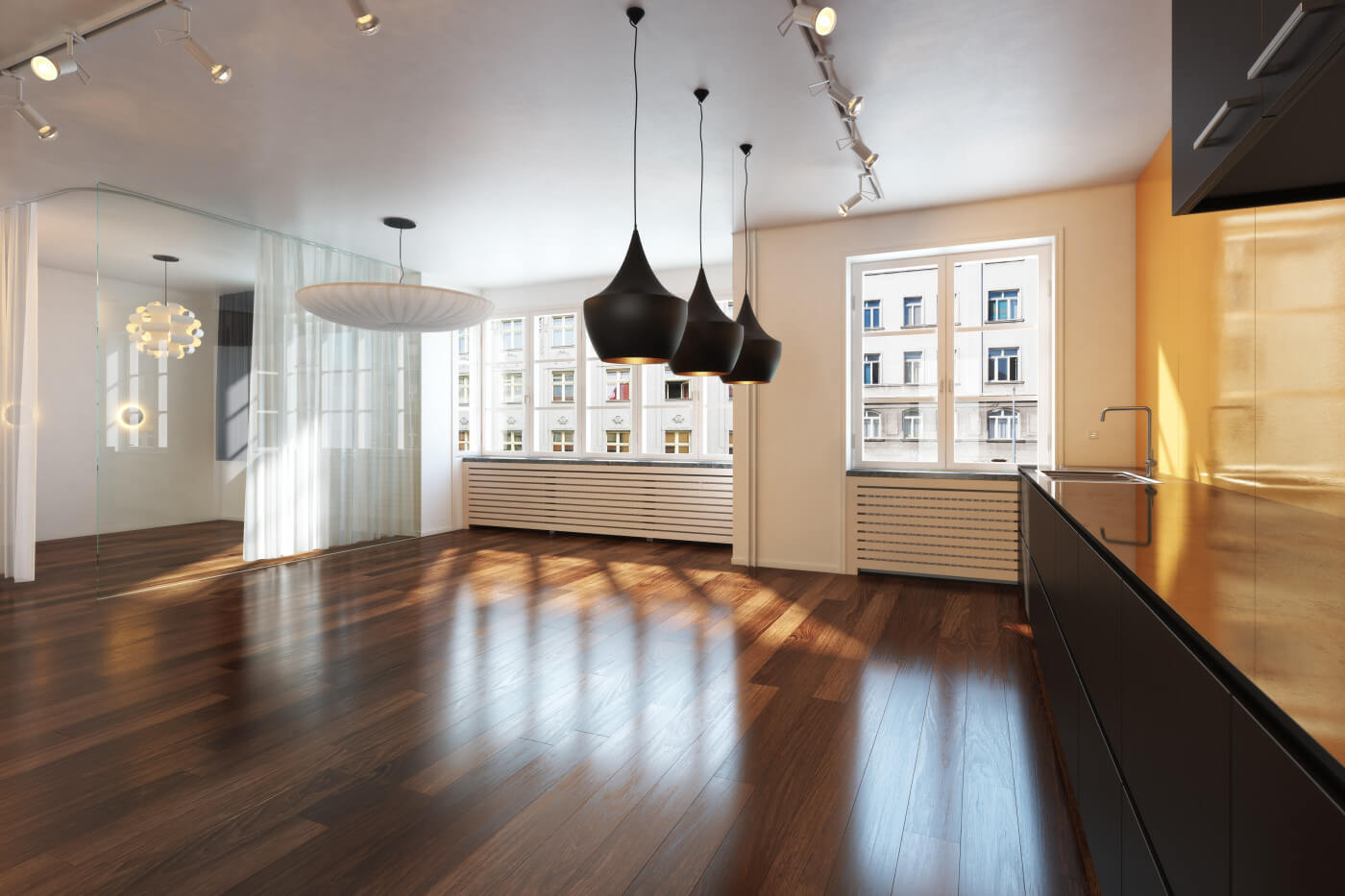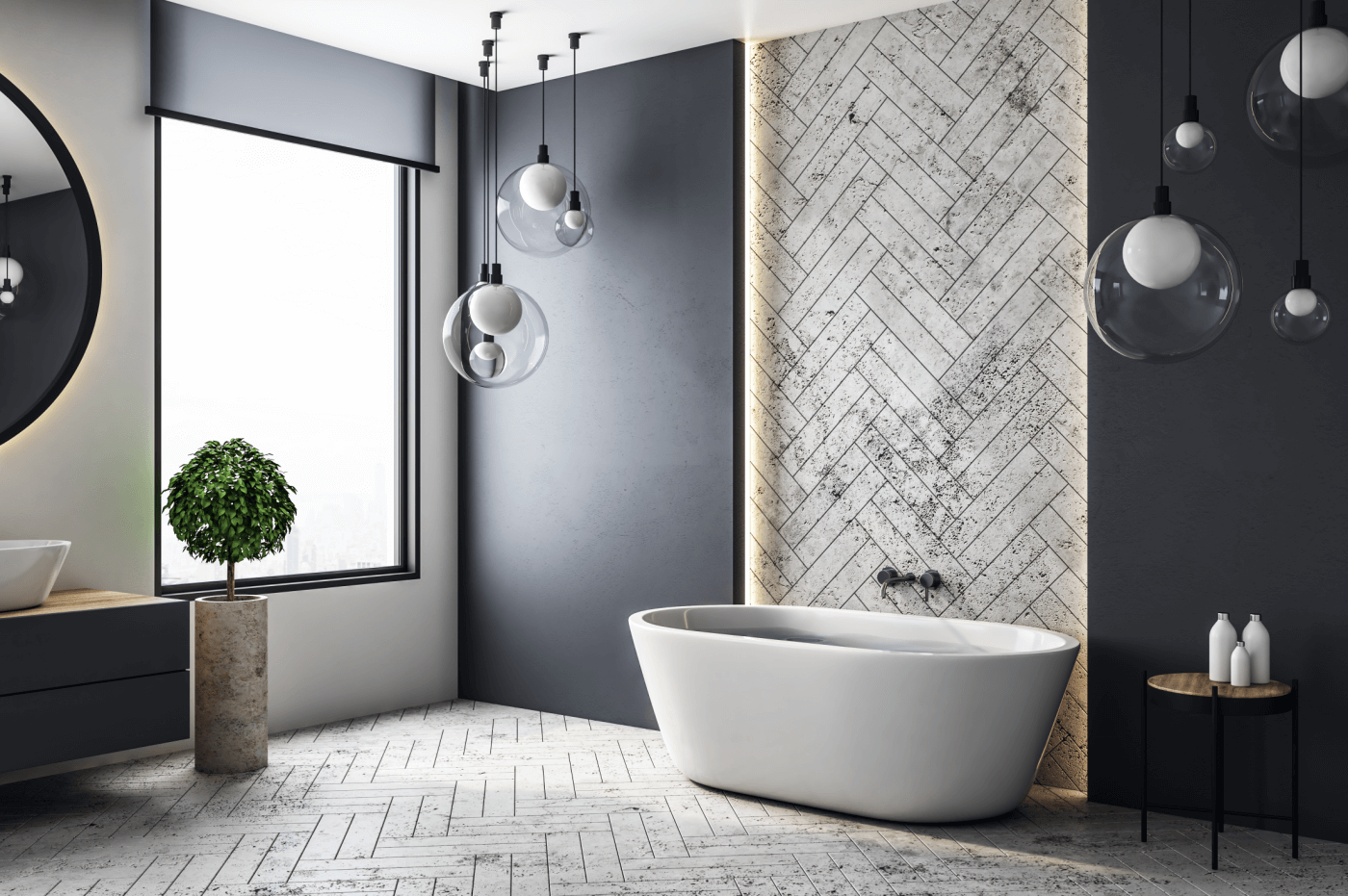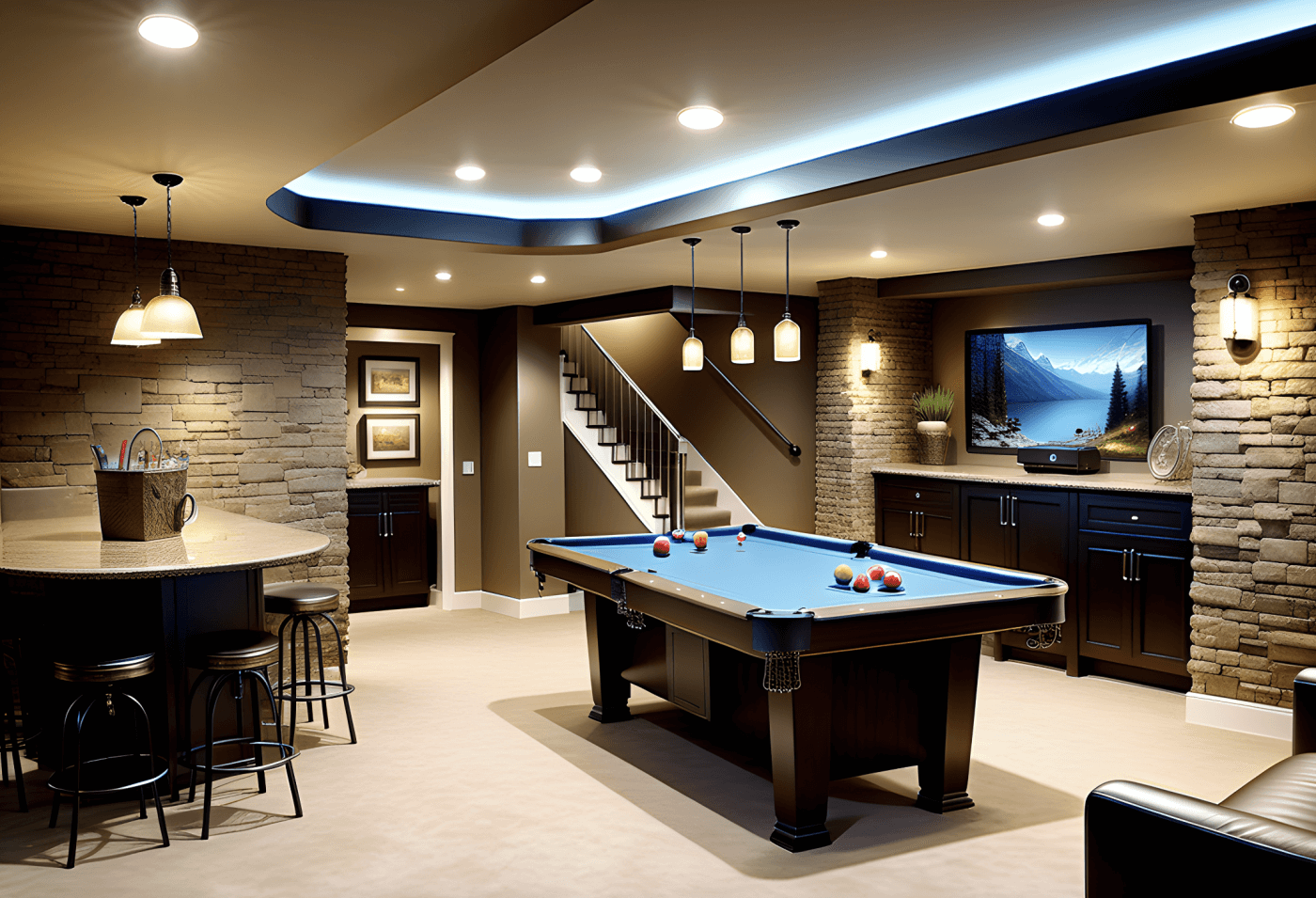“Eco-friendly” and “Renewable resources” have been trending buzzwords for decades now, so they can hardly even be called “trending” anymore.
The good news is that innovations in the field of eco-friendly solutions haven’t stopped, and the flooring industry is one of the best examples of it.
In the last few years, the flooring industry has seen exciting trends and innovations when it comes to floors made from rapidly renewable resources that promote eco-friendliness and sustainability.
Lately, we have seen an increase in interest in materials like cork and bamboo, while reclaimed wood also lurks in the shadows, aiming to steal the spotlight.
If you want to get new floors as well as secure your peace of mind knowing you did your part in preserving natural resources, don’t worry; you don’t have to compromise on anything.
In this article, we will explore some of the latest innovations in renewable flooring and how they reflect on the durability, practicality, and style of your floors, as well as explore the most popular trends and designs in which people decide to install renewable flooring in 2024.
Renewable Materials and Trends
While not much has changed in the choice of eco-friendly materials (a big hello to cork and bamboo!), there are some innovations in manufacturing that make these materials even more appealing.
As a matter of fact, rapidly renewable resources are gaining attention even from people who don’t really shop eco-consciously for their competitive price and high build quality.
We will now explore the top choices for eco-friendly and rapidly renewable flooring options, as well as give you some examples of trending designs and installations for each.
Bamboo Flooring:
Bamboo tree (although technically a grass) matures in only 3-5 years. With such a short growth cycle, it remains a top eco-friendly choice and outpaces traditional hardwoods by a fair margin.
Recent innovations in manufacturing have led to even stronger and more moisture-resistant bamboo flooring options. For example, strand-woven bamboo has a Janka rating of 3000 lbf (pounds-force), which makes it one of the hardest flooring materials available and, in turn, one of the most durable and resilient.
When it comes to trending bamboo designs, the bamboo parquet is a big hit because of its unique patterns and stain colors.
Another thing that we keep an eye on is bamboo planks, which are now available in wider dimensions. This means a contemporary and sophisticated look at a more affordable price range and cheaper installations (bamboo for everyone!).
Visual representation of strand woven bamboo parquet
Cork Flooring
Cork flooring is made from the bark of cork oak trees, which have a nine-year regeneration cycle. Although that is more than bamboo, cork is still a very popular sustainable choice that offers some pretty unique features that make it an all-around quality flooring.
Cork has natural insulation properties that help keep spaces warm in the winter and cool in the summer. It is also known as one of the best flooring options when it comes to sound-dampening and has inherent antimicrobial properties that make it a healthy and hygienic option.
Renewability aside, cork is really gaining popularity, and recent advancements in cork flooring have led to a wider plank option with more patterns to choose from. Chevron pattern is one that really highlights cork's natural texture and warmth, so that’s a good place to start looking for cork designs.
Visual representation of chevron pattern cork flooring
Reclaimed Wood
Reclaimed wood is a bit more of a niche-down choice, but it takes pride in the philosophy that “nothing useful goes to waste.”
Reclaimed wood flooring is sourced from salvaged timber, usually from old buildings, barns, and warehouses. These materials that would otherwise go to waste can be repurposed and used for your new floors, and as an added bonus, they reduce the demand for fresh timber.
It doesn’t make much sense at first glance, but reclaimed wood is generally more expensive than new hardwood floors.
The reason for that is that reclaimed wood is a somewhat trending option in 2024 because of its unique aesthetics. Each plank of reclaimed wood carries a unique history, adding to its overall character and depth to create a cozy and rustic vibe. The weathered textures, nail holes, and varying patina all tell stories of the past.
Reclaimed wood is available in a variety of species. Oak, pine, and walnut are good candidates for reuse because they are the ones that usually withstand the test of time.
Reclaimed wood can be modified to suit many styles like wide planks, parquet, and herringbone patterns, and this versatility allows for a bit of beautiful rustic in any space.
Visual representation of reclaimed wood flooring
Linoleum
While linoleum might not be entirely stealing the spotlight, it's not far-fetched to say that it is slowly becoming a popular flooring option. For a good period of time, it was overshadowed by other flooring options but recent innovations are slowly getting linoleum back in many of the homes.
Linoleum is crafted from natural materials such as linseed oil, cork dust, and tree resins. This makes linoleum a biodegradable and resourceful flooring option.
Linoleum is a practical and easy-to-install flooring option that will provide a floor that can last for decades at a competitive price point.
One notable innovation in the linoleum industry is Marmoleum, which further emphasizes linoleum's eco-friendliness. Unlike traditional linoleum, which may contain some traces of synthetic resins or pigments, Marmoleum is crafted fully from natural ingredients like linseed oil, wood flour, jute, and rosin.
Linoleum is one of those flooring options that can get any kind of designs printed on top, and that leaves you with plenty of choices to choose from.
To give you an idea of how linoleum can be used, a classic installation is a bold pattern in contrasting colors, which can create a striking focal point in kitchens, bathrooms, or hallways.
Visual representation of contrasting patterns in linoleum flooring
Conclusion
If you began your quest by looking for eco-friendly and renewable flooring options, we hope that we have given you a good place to start looking.
Eco-friendly doesn’t mean boring, and with so many renewable flooring options becoming mainstream, you will have plenty of designs to choose from.










